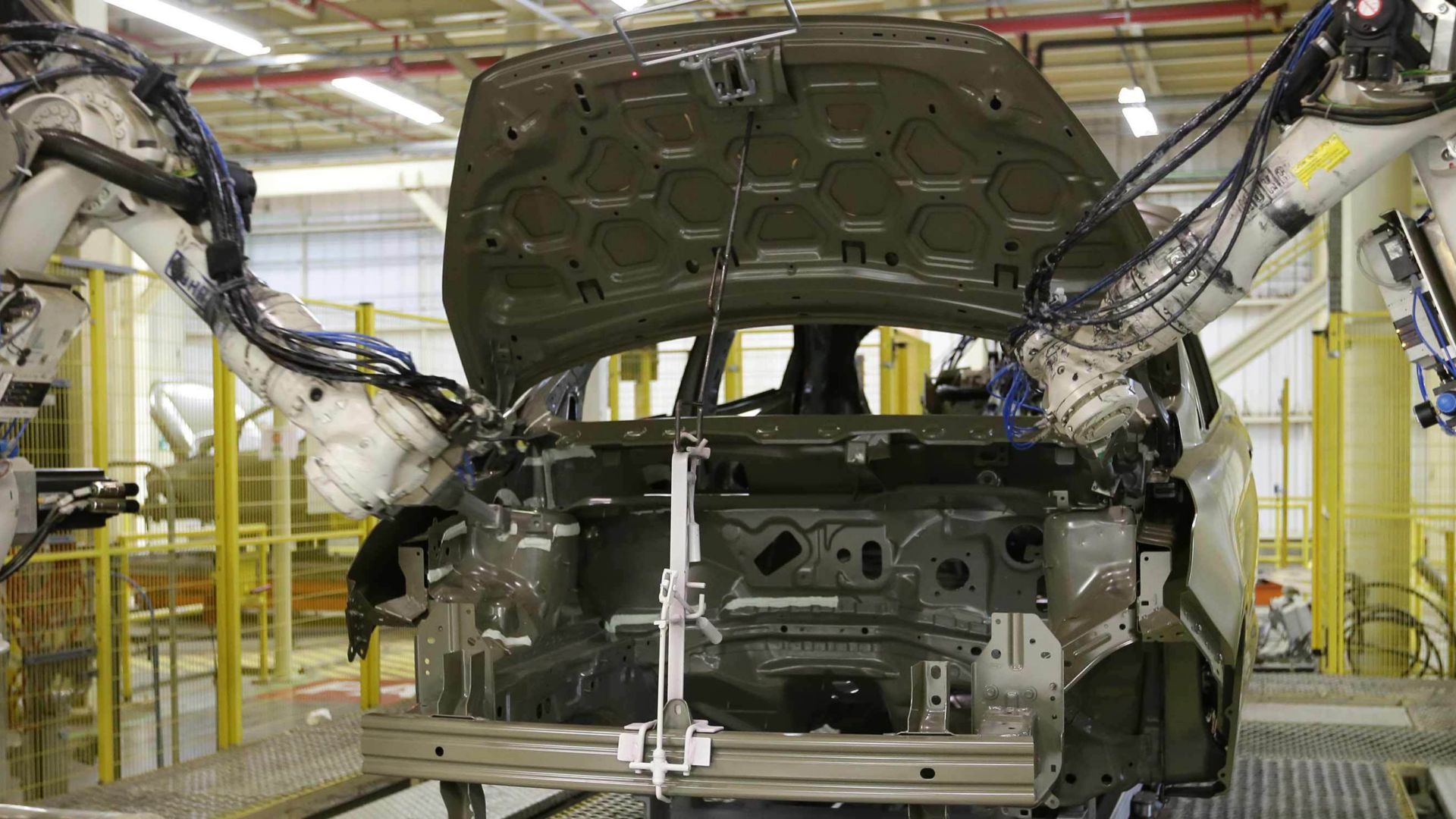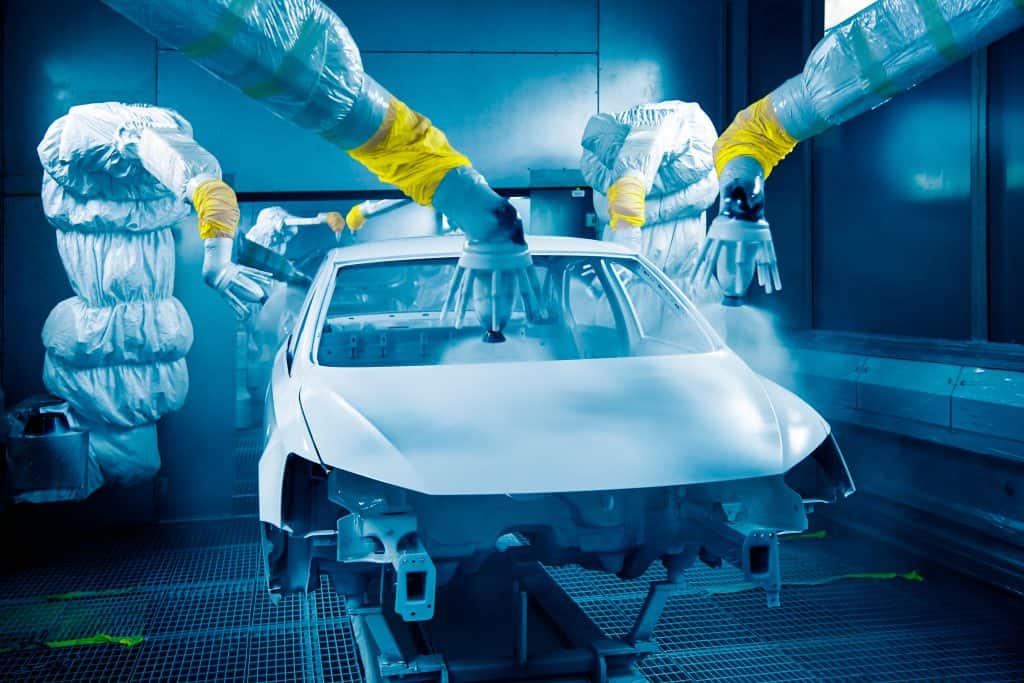
Overcoming Challenges in High-Speed Car Paint Inspection
Share
In the fast-paced realm of automotive manufacturing, **Overcoming Challenges in High-Speed Car Paint Inspection** has become a crucial focus for tech professionals and enthusiasts alike. With the ever-increasing demand for vehicles and rigorous quality standards, the need for efficient and reliable paint inspection solutions cannot be overstated. This article delves into the complexities involved in car paint inspection, the technologies available to address these challenges, and future trends shaping the industry.
High-speed paint inspection is not just about speed; its about precision, accuracy, and efficiency in how car manufacturers apply and evaluate paint on their vehicles. Achieving the perfect finish requires overcoming a series of obstacles, particularly when dealing with the evolving demands of different paint types and applications.

Understanding the Importance of Car Paint Inspection
Car paint serves more than just an aesthetic purpose; it acts as a protective layer against environmental factors and contributes to the vehicles overall lifespan. Consequently, manufacturers invest significantly in ensuring a flawless finish. Rapid inspection technology not only safeguards brand reputation but also enhances customer satisfaction. The significance cannot be ignored in an industry where first impressions matter.
Key Challenges in High-Speed Car Paint Inspection
Several challenges impede the path to efficient and accurate paint inspection, including:
- Surface Defects: Surface imperfections such as scratches, bubbles, and discoloration must be identified quickly.
- Varied Paint Applications: Different types of paint can behave differently under inspection, complicating the process.
- Speed vs. Quality: The demand for speed in production must not compromise inspection quality.
- Technological Adaptability: The need for constant upgrades in inspection technologies to keep up with paint advancements.
Advancements in Inspection Technology
Several innovative technologies have emerged to tackle the challenges faced in high-speed car paint inspection. These include:
1. Automated Inspection Systems
Automation has transformed paint inspection, offering rapid assessments with minimal human involvement. Automated systems utilize sensors and cameras to detect defects and provide real-time data feedback. For an in-depth look at how these systems are implemented, review this resource on boosting paint quality.
2. Advanced Imaging Techniques
Advanced imaging systems, such as infrared and 3D imaging, allow inspectors to analyze paint layers and detect imperfections invisible to the naked eye. This technology elevates the quality of inspections substantially.
3. Machine Learning and AI
Integrating machine learning into inspection processes enables systems to learn from past data, improving defect recognition capabilities and reducing inaccuracies.
Best Practices for Efficient Inspection
Implementing best practices within the inspection process can significantly improve outcomes. Here are key strategies to consider:
- Regular Equipment Calibration: Ensuring that all inspection tools are calibrated helps maintain accuracy.
- Continuous Training: Regular training sessions for staff ensure they are up to date with the latest technologies.
- Data Analysis: Analyze inspection data to identify trends and recurring issues, enabling proactive solutions.
Future Trends in Car Paint Inspection
The future of high-speed car paint inspection looks promising, with emerging trends indicating advancements such as:
1. Increased Use of Robotics
Robotic systems will play an even larger role, enhancing precision and reducing human error.
2. Integration with IoT
The Internet of Things (IoT) will connect various inspection tools, allowing for real-time monitoring and adjustments.
3. Eco-Friendly Solutions
As environmental concerns grow, the development of sustainable inspection practices will likely take priority, including the use of water-based paints and reduced emissions during the inspection process.
Case Studies in Efficient Inspection
Several companies have successfully implemented solutions to improve their paint inspection processes. Case studies reveal significant improvements in quality and speed when utilizing cutting-edge technologies.
- Company A integrated automated inspection systems and saw a 30% reduction in defect rates.
- Company B adopted machine learning algorithms and reduced inspection time by half without sacrificing quality.
FAQs
What are the common defects found during car paint inspection?
Common defects include scratches, bubbles, dirt inclusions, and uneven finishes.
How often should paint inspection technology be upgraded?
Regular upgrades should be conducted at least once a year or when new technologies become available.
What are the benefits of using automated inspection systems?
Automated systems provide speed, accuracy, and consistency in inspections, freeing up human resources for more complex tasks.

Conclusion
Overcoming challenges in high-speed car paint inspection is a multifaceted endeavor that involves leveraging the latest technologies, adhering to best practices, and remaining adaptable to future innovations. For those interested in restoring paint quality, consider reading about methods on how to restore car paint. The road ahead for automotive manufacturers relies heavily on embracing these changes and improving inspection accuracy, ultimately benefiting consumers and maintaining industry standards.
